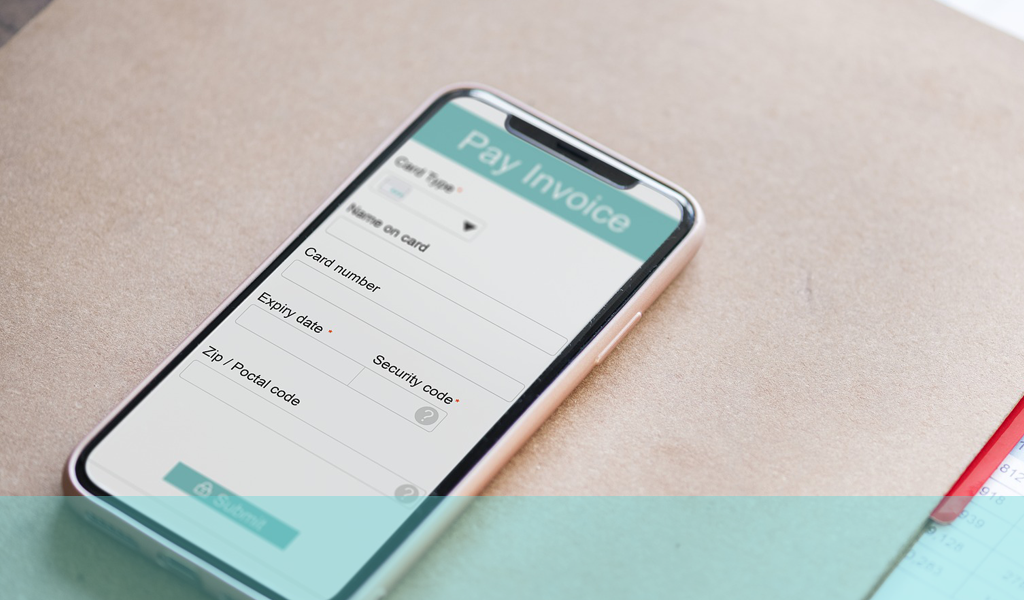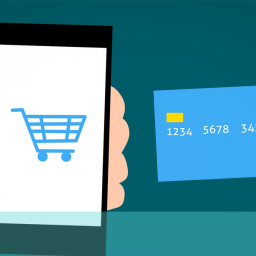
Do the banks get Mobile UX?
An interesting fact was brought home to me recently, regarding the financial sector and their attitude to online banking.
Now, as UX practitioners, we are more than aware of how mobile has transformed the digital landscape and become an integral part of the whole online experience. Mobile UX is now essential if creating a truly great, and consistent, cross-platform experience, and its implementation should be a key component of any online strategy.
Yet the banks don’t seem to realise this. Either they’re slow on the uptake, or their UX For Dummies manual needs updating.
Online vs Mobile?
The particular piece I’m referencing seemed to be of the belief that ‘online’ and ‘mobile’ were separate entities, with ‘online’ meaning traditional websites, and ways by which you view them, and ‘mobile’ being the handheld alternative.
The reasons for this odd distinction might stem from what is perceived as user trust, with mobile equating wireless access, which is seen by some as insecure, while the traditional method (PCs etc) means the ‘security’ of an Ethernet cable.
“It took 13 years to get two million customers using Internet banking; it took just two months to reach that number for mobile banking.” – Barclays Bank
Mobile banking – not as unpopular as they think
Even so, the above quote would seem to suggest that user uptake of mobile banking is ploughing on regardless. Reason enough for outmoded divisions to be cast aside, and the online experience, whether traditional or mobile, to be treated as one great whole.
The 25-34 age group is the second largest user of mobile internet among the UK’s adult population (82%). It is the largest of online banking (76%). There’s going to be a crossover point in these statistics.
Better mobile UX? Get responsive!
Mobile UX is what counts, and Responsive Web Design offers an effective way of extending positive experiences and efficient customer journeys across all platforms. RWD is currently underrepresented within the banking industry’s online presence, but as it takes off elsewhere, this may well – and should – be about to change.
Creating a single website, and then delivering the services and content dependent upon the capabilities of the device being used, not only offers a more efficient way for banks to organise and maintain their web assets, but also rewards the customer, giving users universal access to a consistent experience.
However, while the industry insists on taking this less than holistic approach to the online experience, mobile customers will continue to feel short-changed by their banks.
Don’t short-change your customers. Contact us and find out, through usability testing, how you can get the mobile UX right.

















